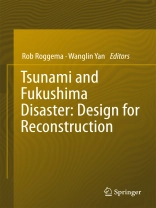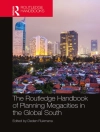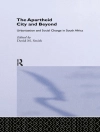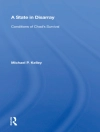This book consists of two parts. The first part describes the context in which the Prefectures of Minamisoma and Kesennuma need to operate and what the meaning is of the multiple disasters that occurred in the area. The second part illuminates the design process and content of the Minamisoma and Kesennuma designs. Thirdly, the chapters are alternated with reflections on the design and analyses of the disaster on specific themes: energy, demographics and economic factors, environment, water and ecology. The book ends with observations and transcripts of participants in the process, highlighting the benefits of the approach, the appraisal of the process, the appreciation of the design and the parts that could be improved. This final element will lead to recommendation how to implement these kinds of approaches in the area itself and how to spread out over the Tohuku region (the tsunami hit region) and other regions in Japan and Worldwide.
Зміст
Introduction.- Post-3.11 Reconstruction, an Uneasy Mission.- The Unprecedented Catastrophe of Tohoku Natural and Man-made Disaster.- Government Led Reconstruction Activities in Fukushima with a Specific Focus on the Reconstruction Supporters Project.- The Design Process.- Planning and design in Mianmisoma.- Planning and design in Kesennuma.- conclusion, Recommendations and outlook.
Про автора
Dr. Rob Roggema, Landscape Architect, is an international renowned design-expert on climate adaptation, renewable energy planning and urban agriculture. He holds positions at several universities in the Netherlands and Australia, State and Municipal governments and design consultancies. Dr. Roggema is the Director of Cittaideale, a research office for adaptive design and planning. In 2008 he received the scientific award for best paper at the Sustainable Building conference in Melbourne.












